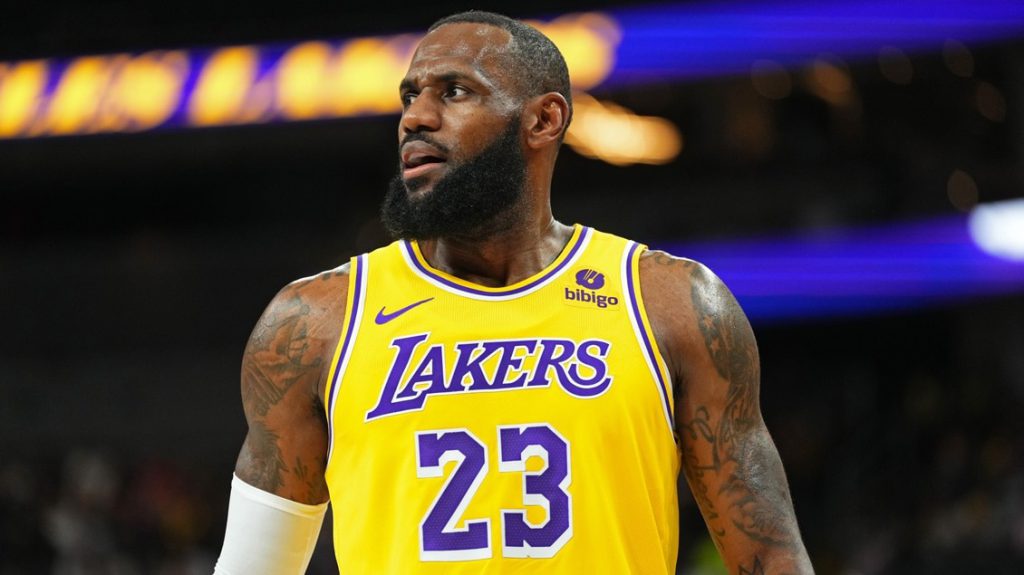The Lakers are trying to improve upon a Western Conference Finals appearance last season.
Lately, Los Angeles Lakers season previews needed to be extensive. Since LeBron James joined the team in 2018, he and Anthony Davis are the only players to spend more than three total seasons with the team. The roster has been turned over practically every offseason. Even last summer, when the offseason revolved around the decision not to trade Russell Westbrook, Rob Pelinka still managed to import seven new veterans. Speculation about how these teams would play was necessary because we’d never actually seen them.
That’s not the case this time around. For the first time in the James era, the Lakers emphasized continuity. Yes, there are six new faces with guaranteed contracts, but most of those additions will either hold reserve roles or ride the bench for most of the season. The core of the group that reached the Western Conference Finals is still intact, and the Lakers are banking on improvement to come through internal development. We already know how most of these players fit together.
The questions therefore revolve around what lessons the Lakers took from last season and what roadblocks will simply be unavoidable. We have a pretty good idea of what the Lakers will look like this season, but these are the five questions that will determine whether this team falls short again or takes that final step back up to the top of the mountain.
1. Who starts and who closes?
Shocker: James and Davis are going to be starters. So will the recently re-signed Austin Reaves and D’Angelo Russell. Darvin Ham claims he’s decided who is filling the last spot, but he won’t reveal his answer until opening night. There are three viable candidates for the slot.
2. Will Father Time gain any ground on LeBron?
The counting stats hid the very slight decline of LeBron James, but the tracking data paints a far more sobering picture of where exactly the 21-year-veteran stands at this moment. At the peak of his powers James averaged more than 13 drives per game. He was down to 9.7 a season ago. His isolation and pick-and-roll shot attempt numbers were far down from his apex as well, replaced by extra looks on spot-ups and in transition. These trends only grew starker in the playoffs.
3.Big or small?
The Lakers are better with Anthony Davis at center than they are with him at power forward every year. Like clockwork. The net rating gap was so big in each of his first three Lakers seasons that Ham all but abandoned the power forward look last season, giving Davis just 29 total possessions at the position, according to LVBET. But no matter how definitively center proves to be his better position, Davis just won’t let go.
4. Is there another diamond in the rough here?
The Lakers have been hit-or-miss on the bigger moves, but very few teams in basketball can claim a better recent record of uncovering diamonds in the rough. The 2020 Lakers don’t win a championship without Alex Caruso hounding opposing ball-handlers. Reaves grew into the closest thing the James-Davis duo has ever had to a third star last season, and he did it as an undrafted free agent. The Lakers need these scouting successes. Acquiring high-end role players becomes much harder when you’re paying two players max contracts and committed the bulk of your draft capital to acquiring them. If the Lakers don’t develop these players, they don’t get them.
5. Who’s getting traded?
Here’s a critical bit of CBA minutia: under the 2017 CBA, certain one-year contracts like the one D’Angelo Russell signed this summer came with an implicit no-trade clause. However, under the 2023 CBA, players and teams can agree to waive that no-trade clause upon signing. Russell and the Lakers did that. That means Russell will be tradable at the deadline when, in the past, he might not have been.
